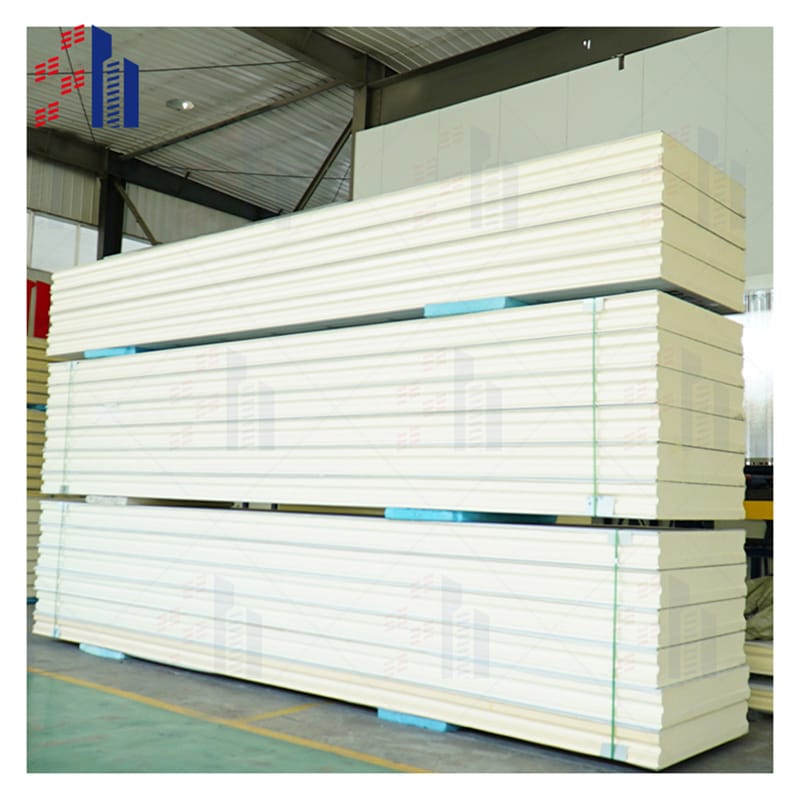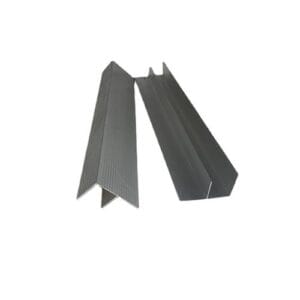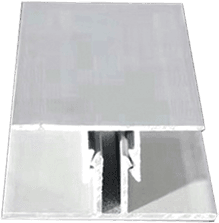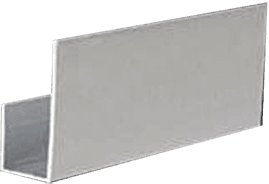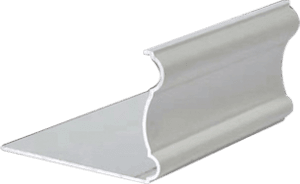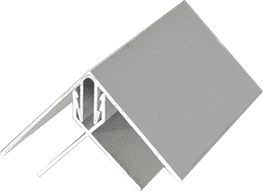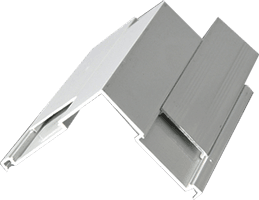Why They’re the Best Choice for Cost-Effective & Durable Construction
Hey, it’s David here—I’ve been in the sandwich panel industry for 20 years, and let me tell you, EPS cement sandwich panels are a game-changer. If you’re looking for a lightweight, fire-resistant, and thermally efficient building solution, this is it. Unlike traditional materials, these panels cut construction time in half while keeping costs low. And yeah, they’re strong—like, really strong.
Now, why should you care? Because builders and architects are switching to EPS cement sandwich panels for a reason. They’re LEED-certified, meaning they’re eco-friendly and energy-efficient. Plus, they handle extreme weather like a champ—no cracks, no warping. If you’re tired of dealing with slow, expensive builds, this is your answer. Trust me, after two decades in this business, I’ve seen what works—and this works.
Key Specifications
| Parameter | EPS Cement Panel | Traditional Concrete | Why It Matters |
| Thickness | 50mm / 75mm / 100mm (customizable) | 100mm+ required | Thinner walls = more floor space |
| Weight | 18-22 kg/m | 120-150 kg/m | Saves 30% on steel framing costs |
| Fire Resistance | 2-4 hours (ASTM E119) | 1-2 hours | Critical for warehouses/hospitals |
| Thermal Conductivity | 0.045 W/m | 1.5 W/m | Cuts HVAC costs by 25%+ |
| Sound Insulation | 42 dB reduction | 35 dB | Complies with NYC noise codes |
| Load Bearing | 150 kPa (max) | 300 kPa | Strong enough for 3-story buildings |
| Custom Sizes | Up to 3m x 1.2m | Limited | Faster install, less cutting waste |
Important attributes |
| design | the present age | After-sales service | Online Technical Support, Other |
| Origin | Shandong, China | Application Scenarios | Warehouse |
| Brand | SH | Warranty Service | polyurethane |
| Panel Material | polyurethane | Models | SH 150mm |
| Usage | Exterior Decoration | Product Name | door sandwich panel |
| Surface Material | Metallic | Minimum Order | Personalization |
| Thickness | 16MM/20MM/25MM | Color | Bright red, vermillion, lime, sky blue, aquamarine, pea green or customized |
| Width | 100mm,120mm,150mm,200mm | | |
EPS Cement Sandwich Panel Price in India
Alright, let’s talk numbers. If you’re in India and searching for EPS cement sandwich panel price, you’ve probably noticed a huge range. Here’s the deal: prices vary based on thickness, density, and supplier markup. On average, you’re looking at ₹600–₹1,500 per sq. ft., but cheaper options? Yeah, they’re usually lower quality.
As someone who’s sourced these panels for 20 years, my advice? Don’t just go for the lowest bid. Cheap panels often mean weak core density or poor cement coating—leading to cracks later. Instead, compare thermal resistance (R-value) and fire ratings. A slightly higher upfront cost saves you tons in long-term repairs. And hey, always ask for test certifications—real manufacturers will have them.
EPS Cement Sandwich Panel Manufacturing Process: How It’s Done (Step-by-Step Breakdown)
So, how are these panels actually made? The EPS cement sandwich panel manufacturing process is fascinating—and efficient. First, expanded polystyrene (EPS) beads are molded into sheets. Then, a special cement mixture is sprayed on both sides under high pressure. Finally, it’s pressed and cured for maximum strength.
Here’s why this matters: A well-made panel has no air gaps and consistent density. I’ve seen factories cut corners by skipping the curing stage—big mistake. Proper curing ensures durability, especially in humid climates. If you’re buying, ask manufacturers about their compression strength (aim for at least 25 psi). Weak panels? They crumble under stress.
EPS Cement Sandwich Panel HS Code: The Right Classification for Smooth Import/Export
If you’re importing/exporting these panels, knowing the EPS cement sandwich panel HS code is crucial. Most fall under 6810.99.90 (for prefab building components), but always double-check with customs. Misclassification? That’s a fast track to delays and extra fees.
From my 20 years in trade, here’s a pro tip: Some countries have extra duties on construction materials, so factor that into pricing. Also, get a supplier who handles documentation—saves you headaches. And if you’re shipping to India or the Middle East, verify fire safety certifications (like EN 13501) to avoid rejections at ports.
EPS Cement Sandwich Panel Manufacturer: How to Spot a Reliable Supplier (David’s 20-Year Checklist)
Not all manufacturers are equal. A legit EPS cement sandwich panel manufacturer will have:
ISO 9001 certification (quality control)
In-house R&D (for better panel formulas)
Transparent pricing (no hidden fees)
I’ve worked with dozens of suppliers, and the red flags are obvious: vague tech specs, no client references, or refusing factory visits. The best ones? They’ll even help with installation guides. Remember, a good manufacturer doesn’t just sell panels—they solve your construction problems.
EPS Cement Sandwich Panel Price: Why Thickness & Coating Matter More Than You Think
Price shopping? Don’t just compare EPS cement sandwich panel price tags—compare specs. A 50mm thick panel costs less than 100mm, but the thicker one saves you 30%+ on energy bills thanks to better insulation. Same goes for coatings: A polyurethane-finished surface lasts longer than basic cement.
My rule? Budget for long-term savings. A $2/sq. ft. panel might seem cheap, but if it cracks in two years, you’re paying double for replacements. Spend a little more upfront—your future self will thank you.
EPS Cement Sandwich Panel Making Machine: What Features Actually Matter?
If you’re investing in an EPS cement sandwich panel making machine, focus on:
Automation level (semi-auto vs. full-auto affects output)
Output capacity (aim for 100+ panels/day)
After-sales service (breakdowns = lost $$$)
I’ve toured factories using German-made machines—they’re pricier but last decades. Cheap Chinese models? Often need constant repairs. Also, look for CE-marked machines—they meet EU safety standards.


